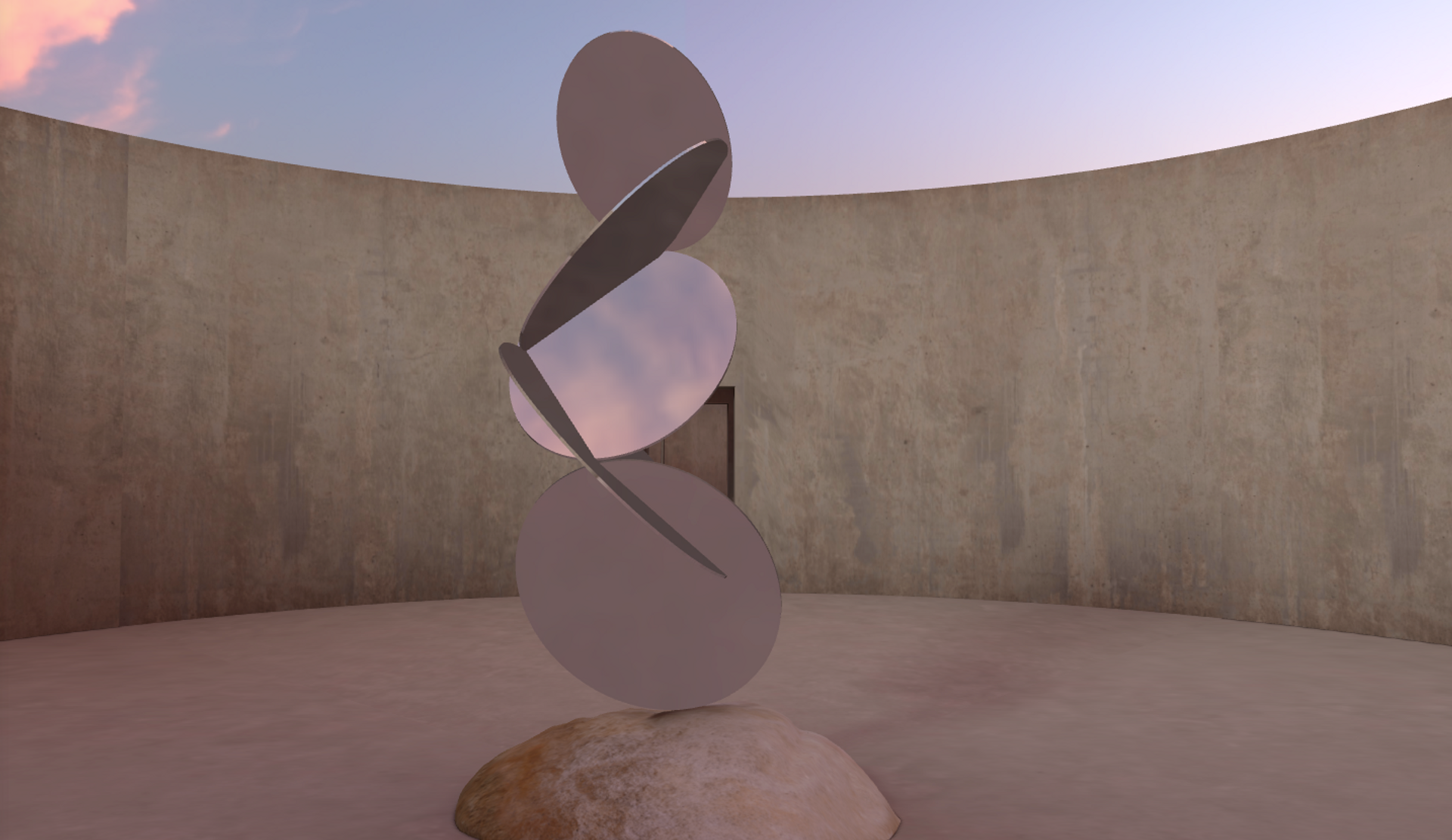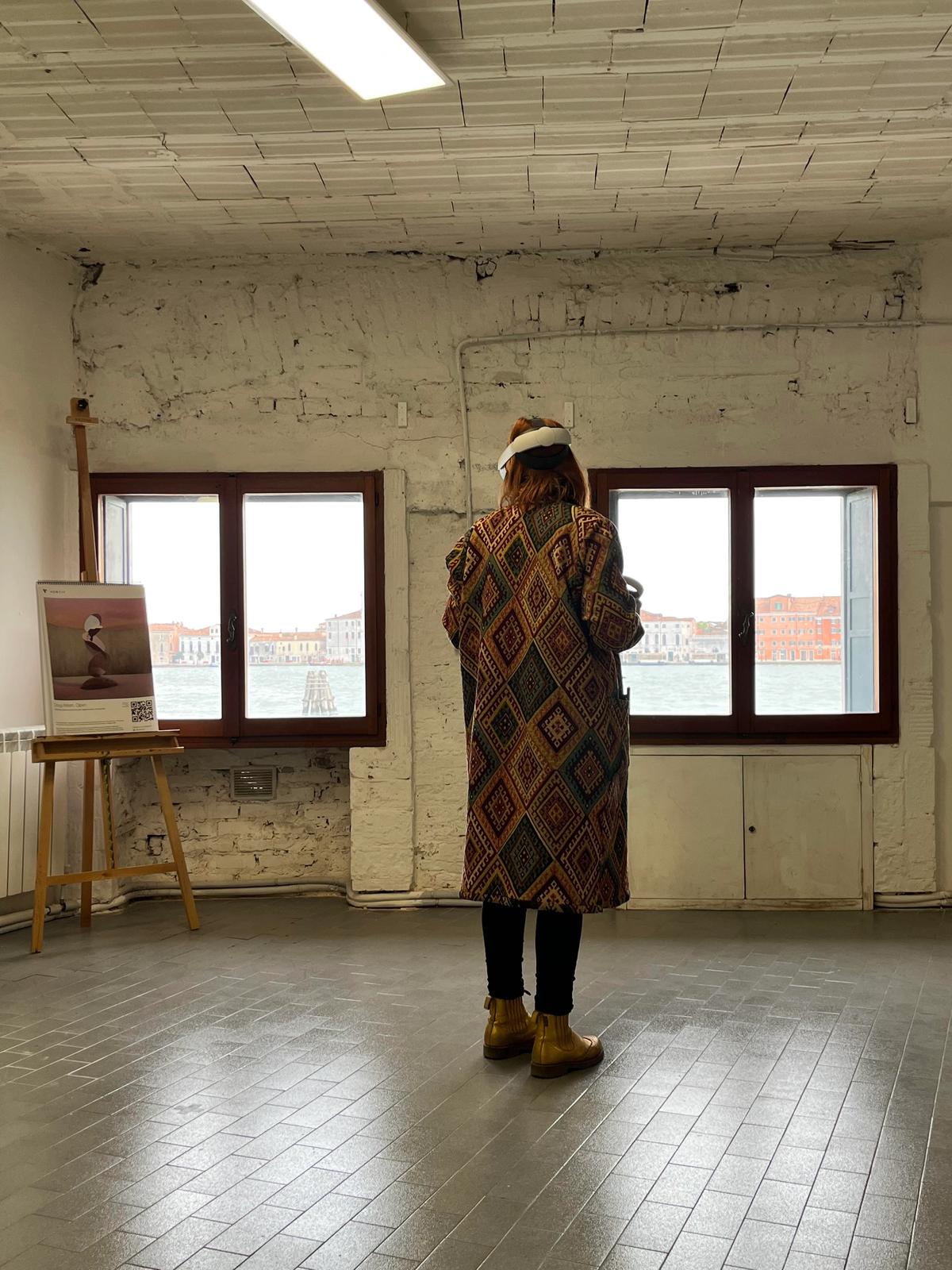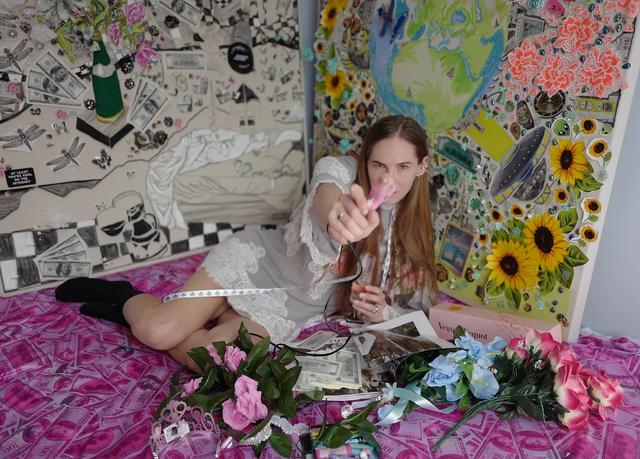Personally, I associate Venice with death and inconvenience. Thomas Mann, that great explorer of what it means to be modern, has much to do with this. So does Stravinsky and Ezra Pound, both of whom rest in my favourite place in Venice—the island of San Michele.
Feeling modern and very much alive last month, the art world—liberated from Covid restrictions, and aware that such freedom could be tenuous—arrived in Venice en masse and partied like it was 1999. It was, by all accounts, a year to be there and fully surrender to the inherent inconvenience of a city inhospitable to stilettos.
In direct comparison to Venice's inconvenience is Doug Aitken’s exhibition Open, presented by the London-based virtual reality (VR) platform Vortic in the convenient format of VR.
The pandemic threw the art world headfirst (and mostly headset-less) into using VR as a way to digitise physical experiences and present them for sale. Post(ish?) pandemic, Vortic’s technical excellence challenges our lack of imagination in regards to VR as a medium.
Aitken’s Venice exhibition contains interactive sculptures installed in, and reflecting, an imaginary architectural environment. The works are site-specific within digitally invented sites that are obsessively rendered.
The show's central work is Metallic Sleep (2022). It required Vortic to develop technology that could reflect the moving sky in the rotating sculpture. It is listed as being 415.3cm tall and made from mirrored stainless steel and granite stone. Except it isn't. This work is “not yet realised.” The artist and engineers at Vortic had to thus consider digital and physical constraints in designing and executing this work. It’s wonderful to see VR used as a two-way road, moving "phigitally" (that's physically and digitally) to and from the digital across material reality. Yet, the size and material listing make it feel like a prototype whose ultimate actualisation is physical, should it first find a buyer.

Using sound, reflective surfaces and VR, Doug Aitken’s exhibition Open uses algorithms to present new site-specific sculptures that are entirely responsive to the virtual environments they are rooted in Vortic installation view, Doug Aitken, Courtesy the artist; 303 Gallery, New York; Galerie Eva Presenhuber, Zurich; Victoria Miro, London; and Regen Projects, Los Angeles © The artist
Art’s utility has always been slippery and ineffable. But this is not the case for an artwork created in VR; it is practical. One can make an articulate value proposition for it including convenience, a low carbon footprint, accessibility and the practicality of only having to make an artwork once it has sold.
Yet this utilty is mostly without imagination, unevolved in the last ten years. But even when viewed by artists and galleries as a medium, VR-based works are often large production projects where the relational aesthetics of hardware devices and technology overpower the formal qualities in control of the artist. For a technology that has been floating around the art world for a decade, its use can still feel naively novel.
Vortic, like its competitor Eazel, seems resistant to considering the digital asset as the collectible artwork in itself, while platforms like Artland and Artsy are embracing them. However, I think Aitken's work is good enough to remind us that the digital is not just a referential pointer to the physical but a place of primary experience, worthy of being collected—worthy of being considered complete.



